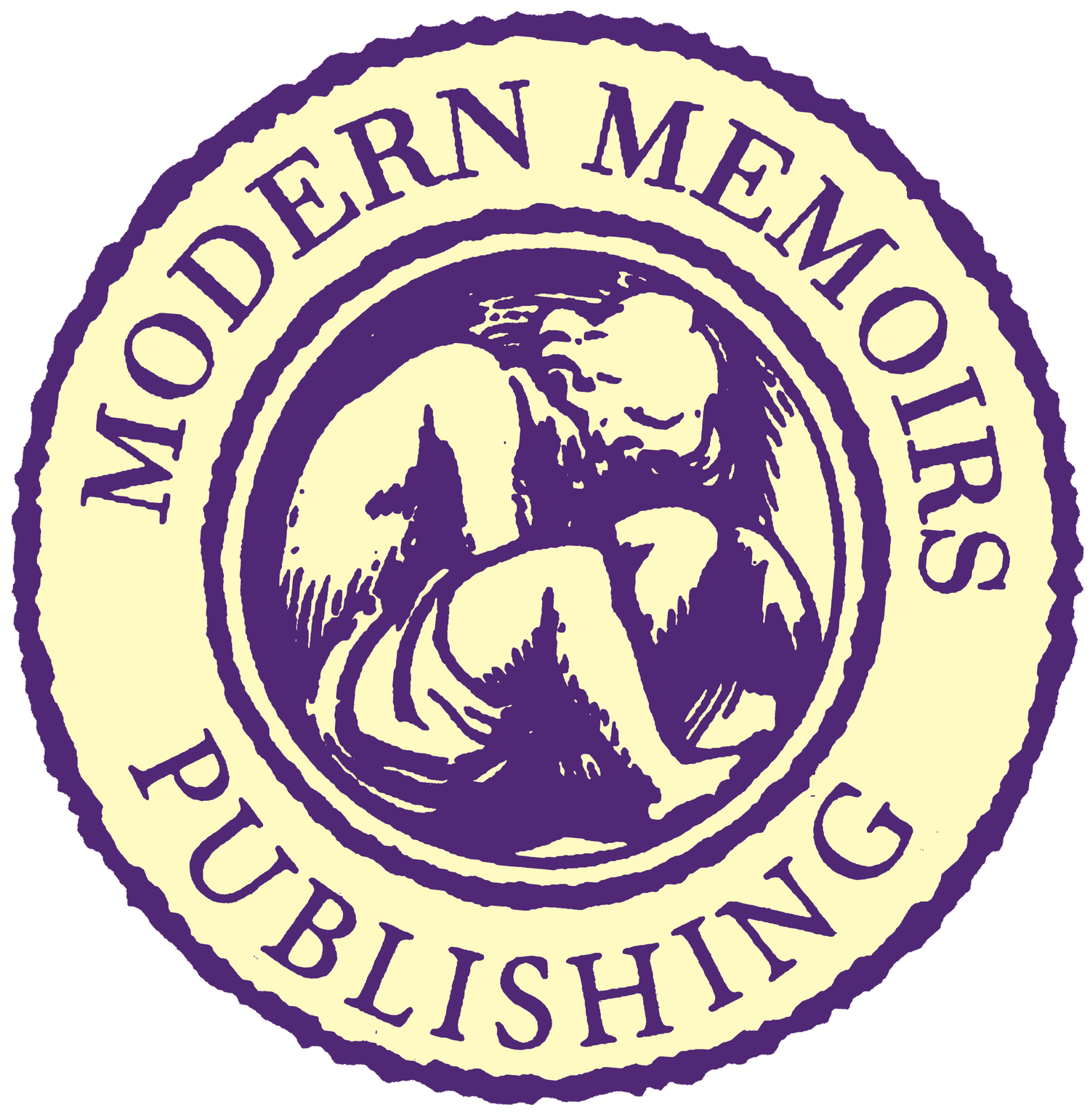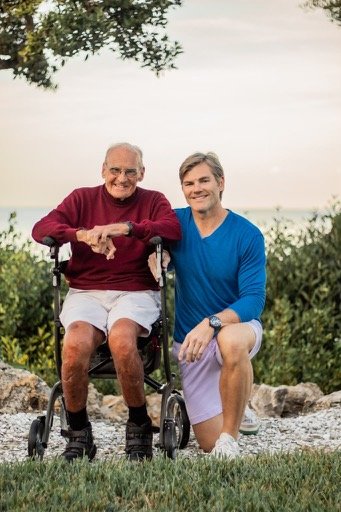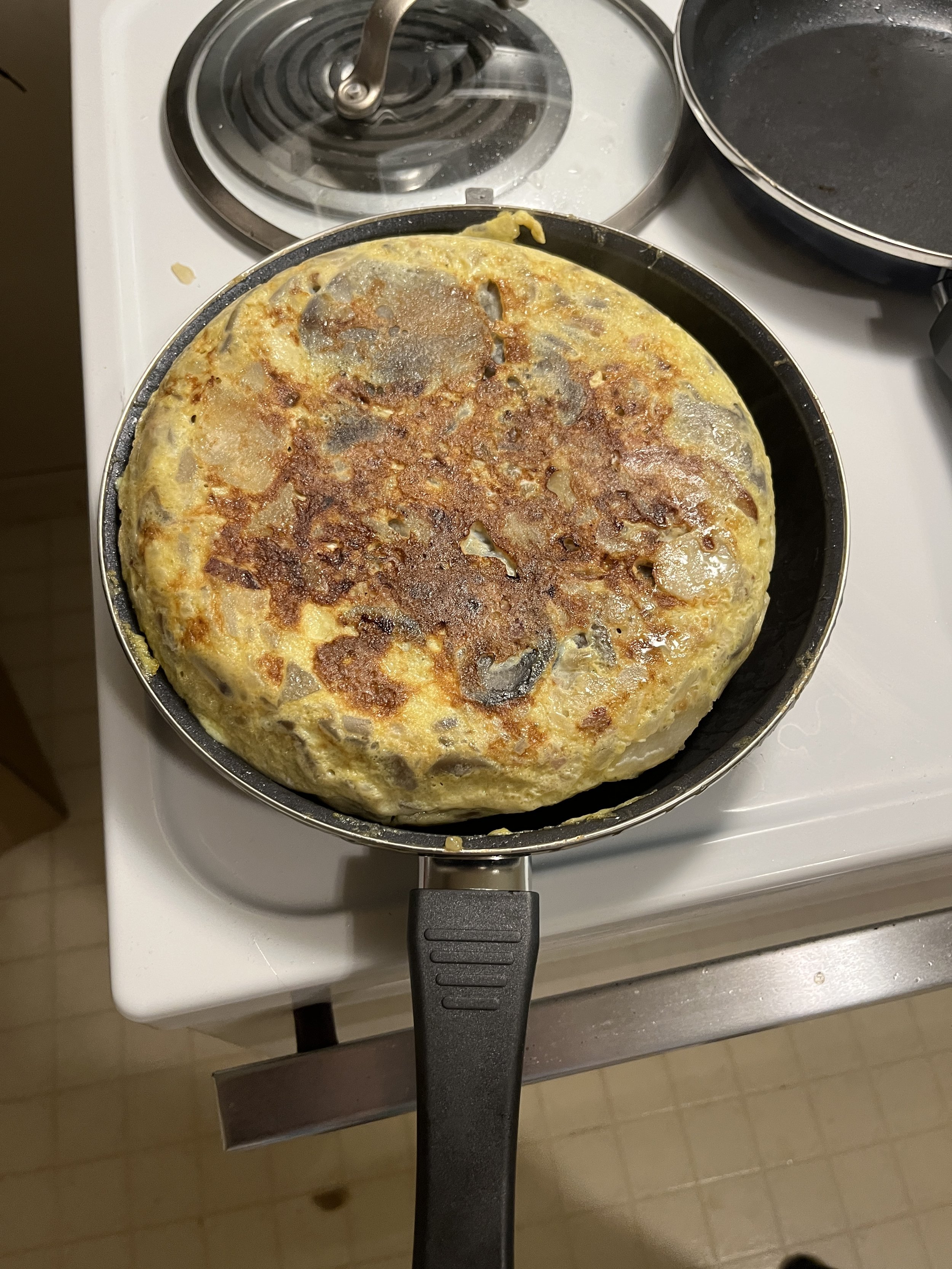A sampler stitched by Megan St. Marie’s mother hangs above a lamp in her Modern Memoirs office, 2023
This post is the eighth in a series-in-progress by company president Megan St. Marie about heirlooms and objects related to her family history that she keeps in her office to inform and inspire her work at Modern Memoirs.
Sampler closeup
Megan St. Marie’s son Jesse sits at his desk for remote kindergarten in her former Modern Memoirs office, with the sampler hanging over the coat hook, fall 2020.
Megan St. Marie holds a Schultüte that her neighbors gifted to her son Zachary to celebrate his first day of kindergarten, 2023
Schultüte closeup
Zachary opens his Schultüte, 2023.
Zachary follows big brother Jesse onto the school bus for his first day of kindergarten, 2023.
When I was a child, my mother was an avid cross-stitcher who made countless projects to decorate our home and give as gifts. One such item now hangs in my Modern Memoirs office, an alphabet from a pattern based on a sampler dating back to 1838. I’ve read that such pieces were often made by young girls as they learned to stitch and to read and write. When my now-eight-year-old son, Jesse, daily came to my Modern Memoirs office for remote kindergarten classes at the height of the pandemic, I hung my mother’s sampler by his little desk as a symbol of her encouragement and love, and as a handy visual reference while he learned his letters.
Remote schooling is thankfully a thing of the past, but the sampler still hangs in my office, a reminder of when children couldn’t go to learn and play in person with their classmates and teachers. Jesse, now in third grade, joyfully boards the school bus each morning, and this year, his little brother, Zachary, joined him as a brand-new kindergartener. While no part of me misses remote schooling, I had many big, mixed emotions in anticipation of the start of this school year as I prepared to send my “Last Baby” (as I affectionately refer to Zachary in our family of seven children) off to school. Then, an act of neighborly kindness helped me seize joy, even as I grieve the end of a precious chapter in my life as a mother.
“Growing up is not a tragedy; it’s a birthright.”
The afternoon before the first day of kindergarten, a friend in my neighborhood texted to ask if she and her family could drop off a gift for Zachary. No one was at our house at the time, so I told her I would stop by to pick up the present when I walked home from work. When I arrived on their doorstep, these incredibly kind, generous, fun neighbors presented me with a Schultüte, which is a festive paper cone filled with little treats, toys, and school supplies to celebrate a child’s first day of kindergarten. Isn’t that just wonderful? And guess what? They made one for all of the kindergarteners in our neighborhood!
As a person of Irish and Franco American heritage, I’d never heard of this German tradition before, but I am officially integrating it into my gift-giving life from this day forward. Beginnings are as important as endings, after all, with A just as necessary as Z in the sampler my mother stitched. So, like we mark high-school graduation with pomp and circumstance, a Schultüte heralds the start of elementary school as a milestone worth celebrating, too.
I admit, I burst into tears after the bus pulled away with Zachary ecstatically off to his first day of kindergarten; but remembering his huge smile as he waved to me through the window helped me recover pretty quickly. As I write in one of my Book Bonding essays, “Growing up is not a tragedy; it’s a birthright.”[i]
Zachary may be my last baby to start school, but thanks to my wonderful neighbors, I can look forward to celebrating all the future kindergarteners in my life with a Schultüte. Yes, in the A to Zs of life, beginnings are as important as endings, and I’m embracing this time in the middle as the heart of it all.
Megan St. Marie is President of Modern Memoirs.

























